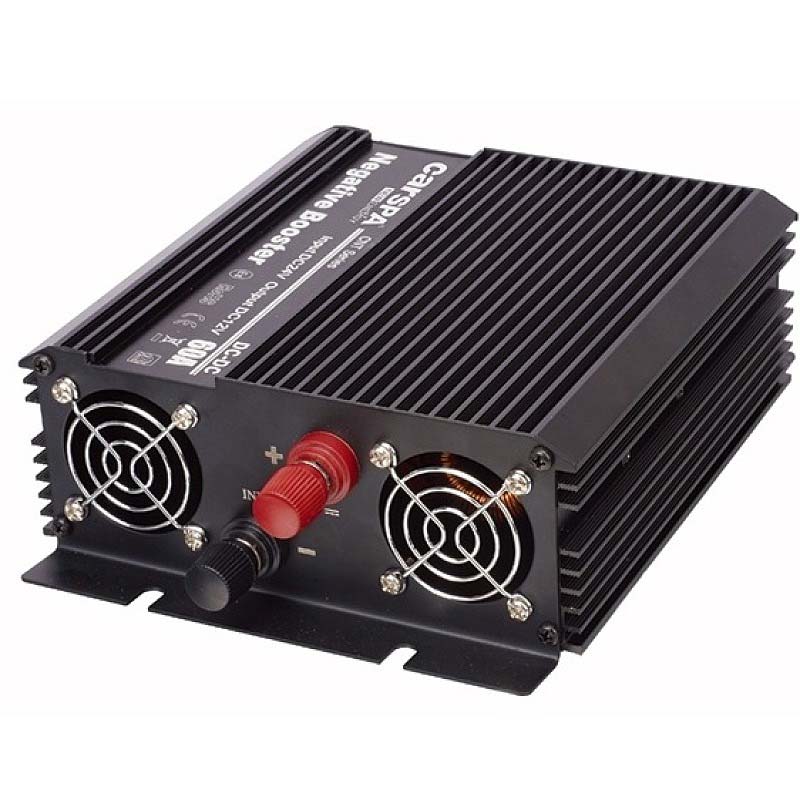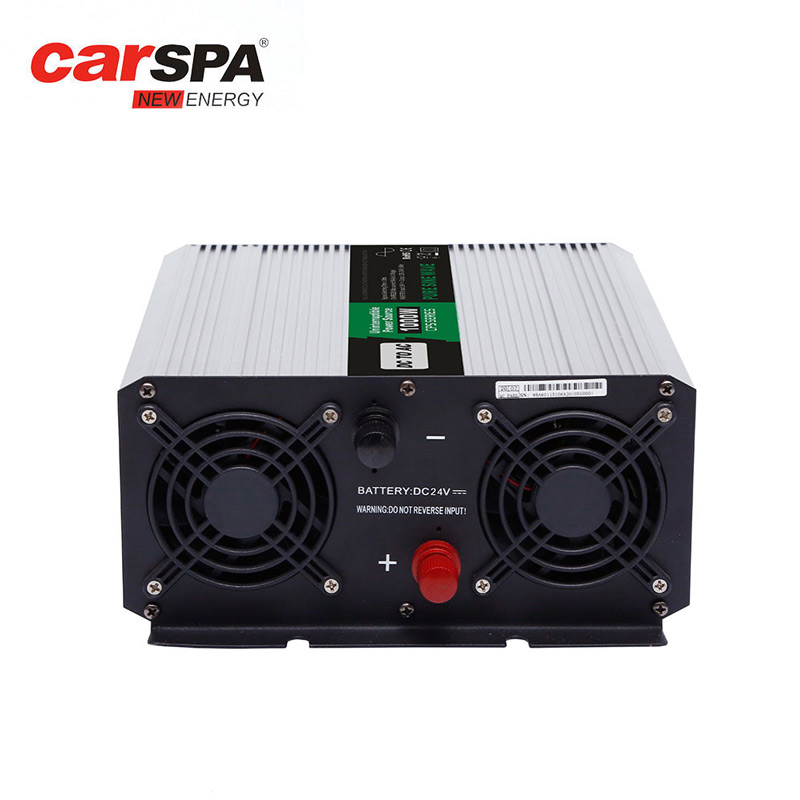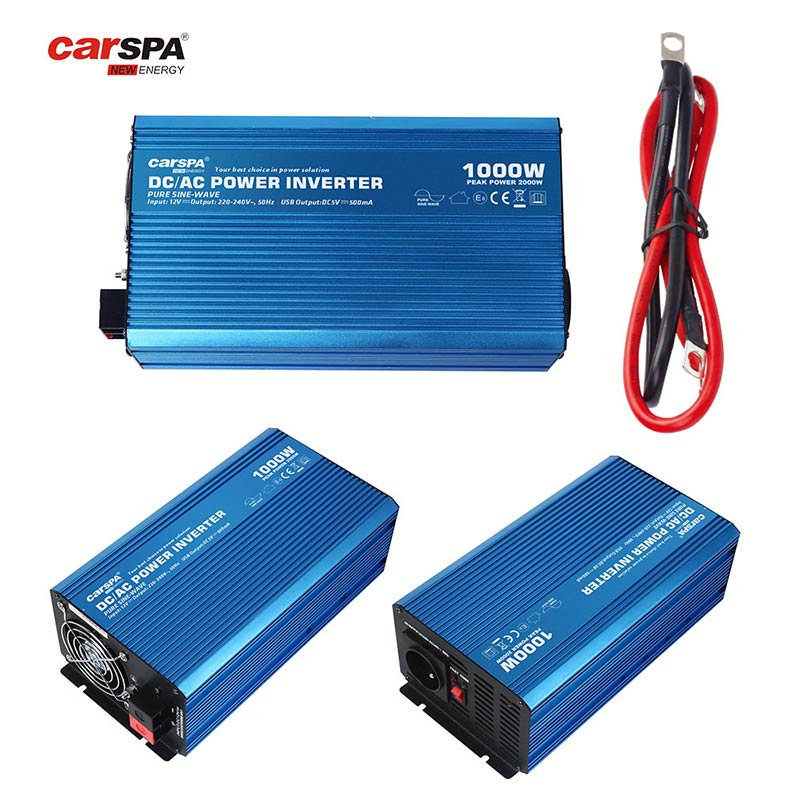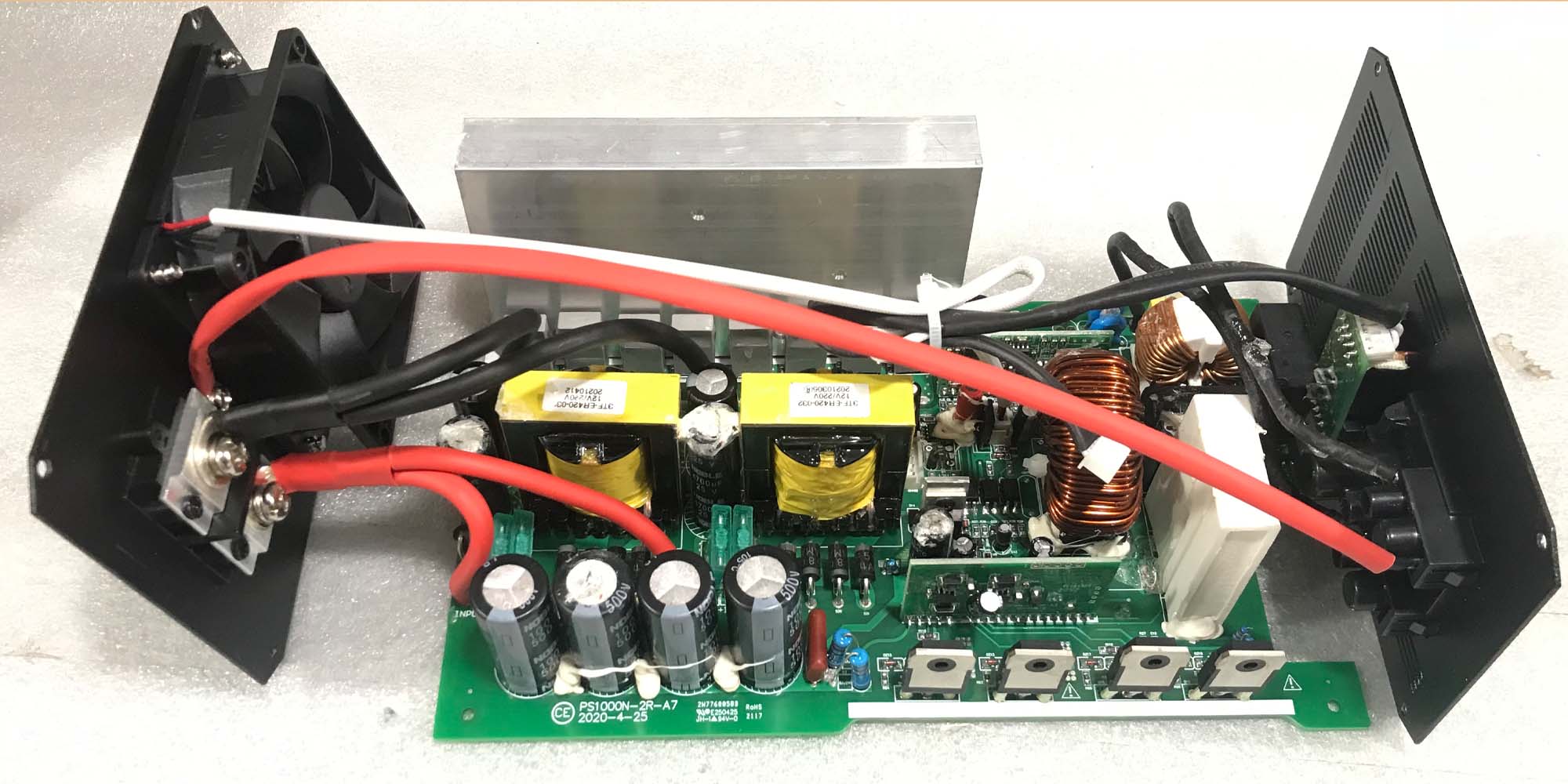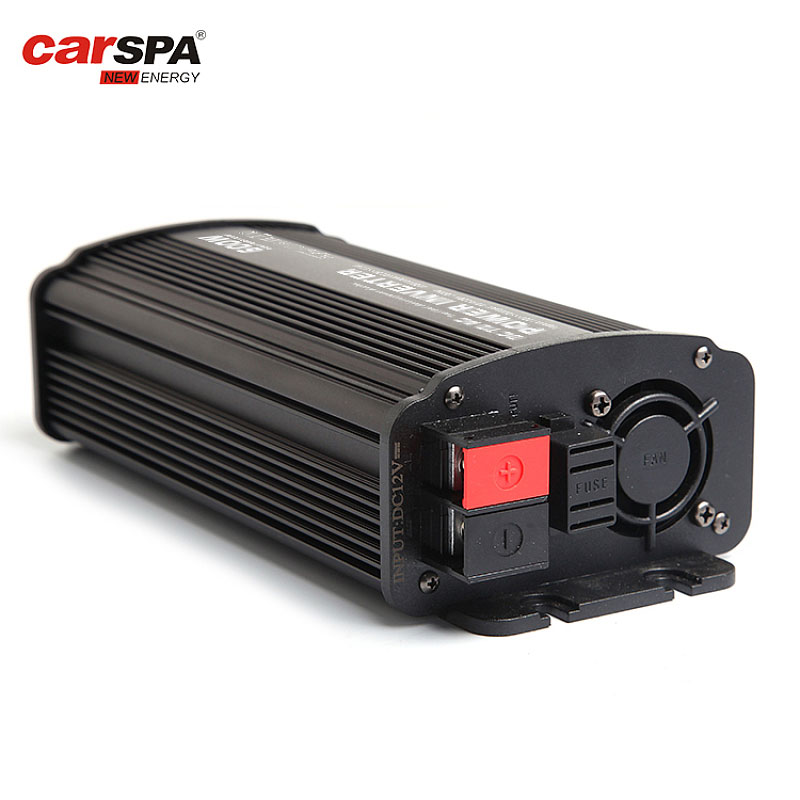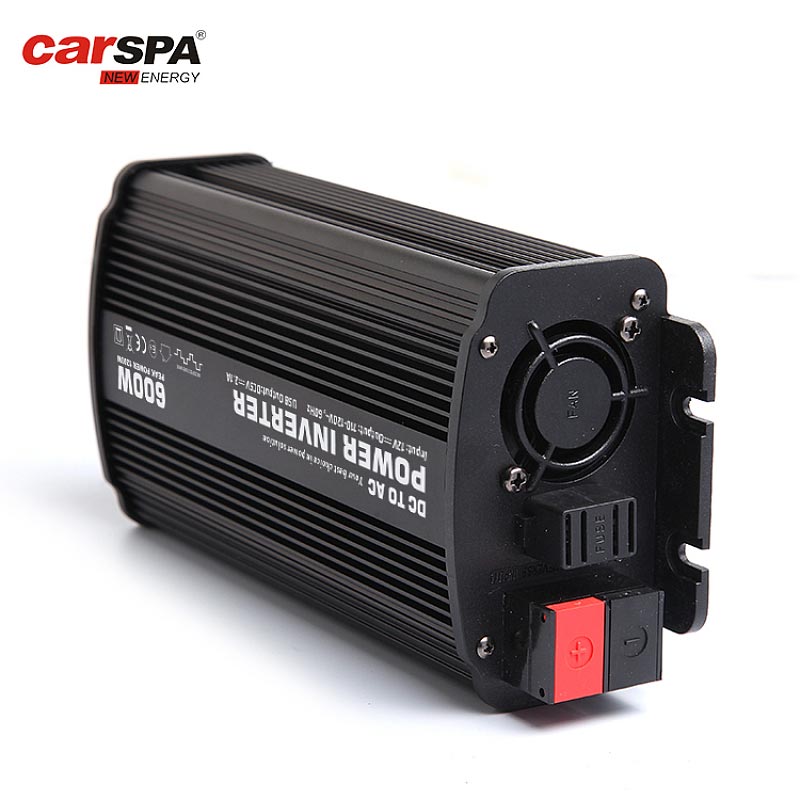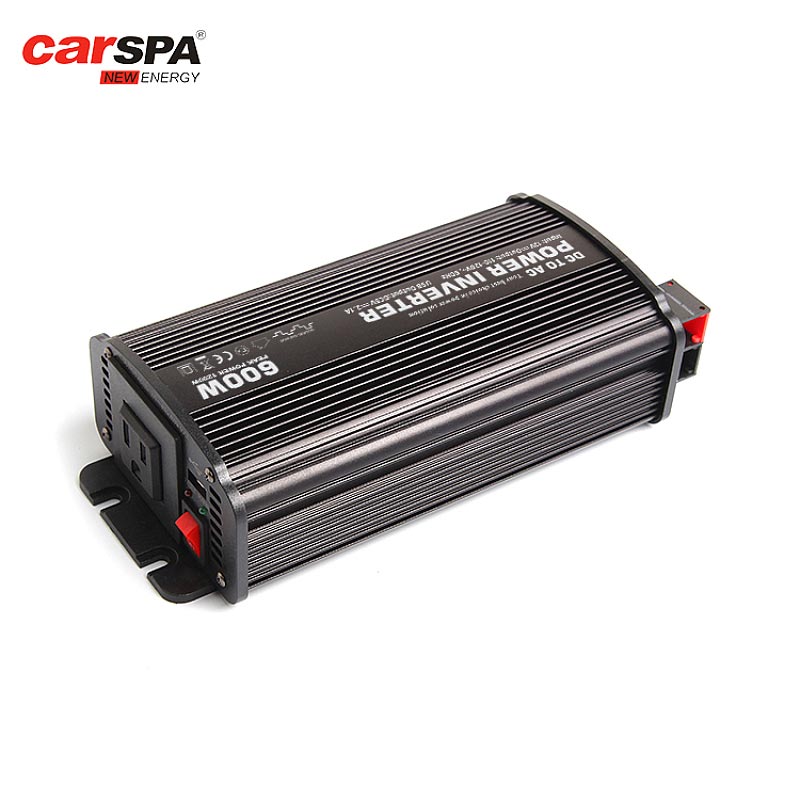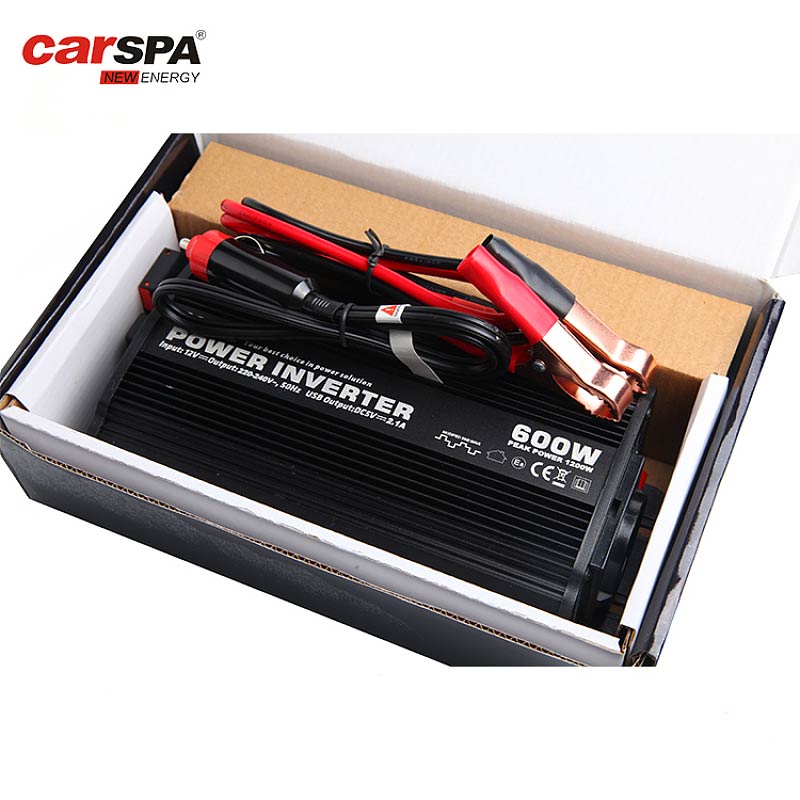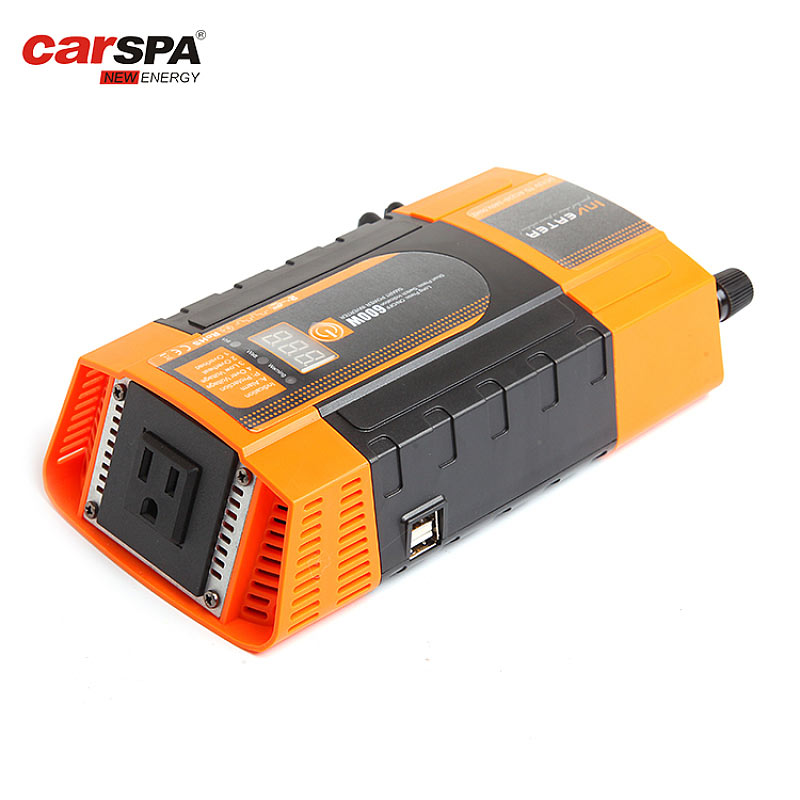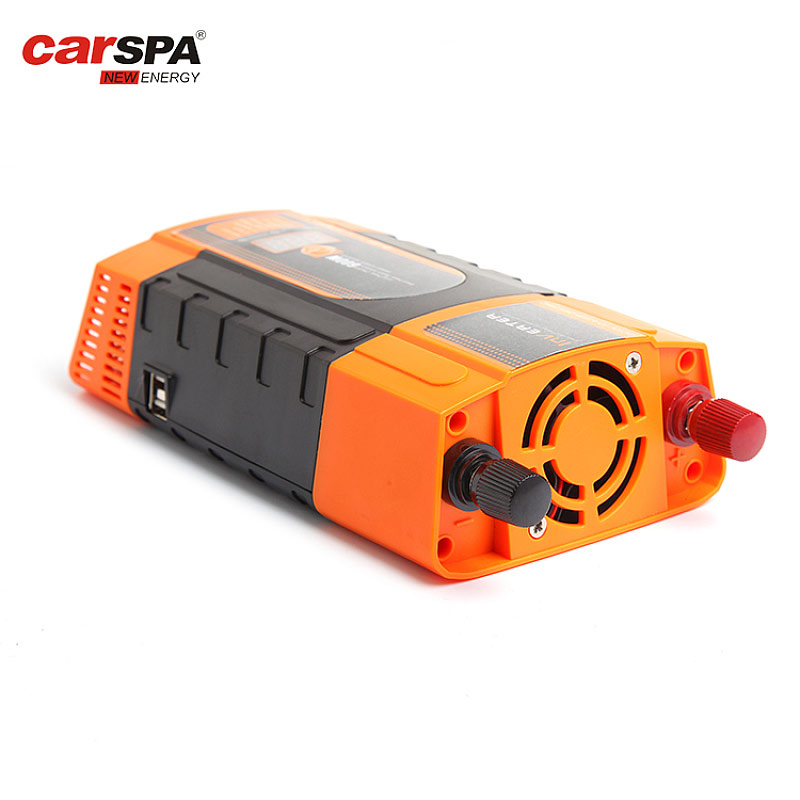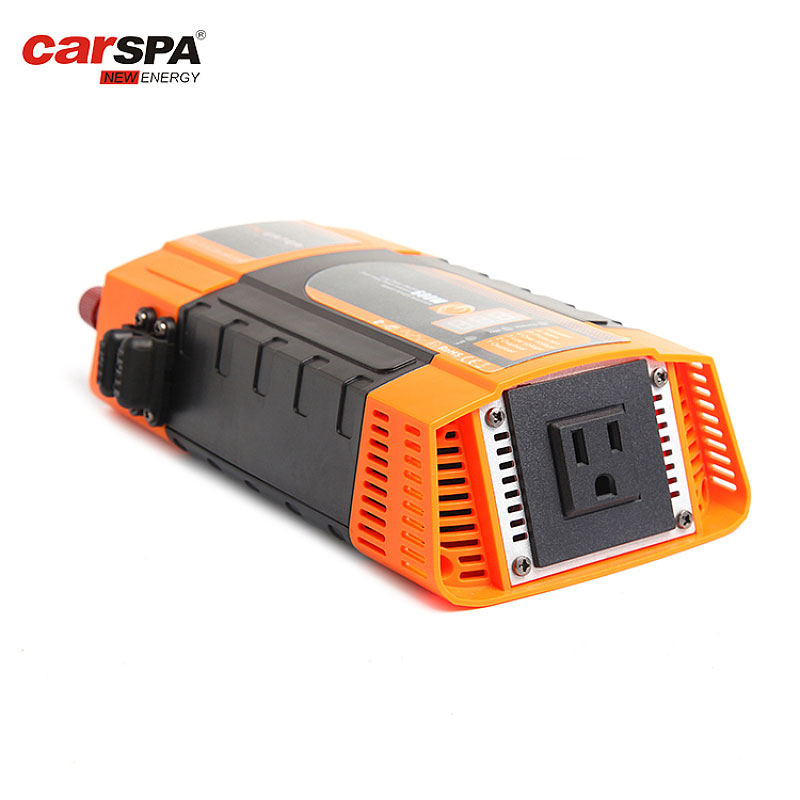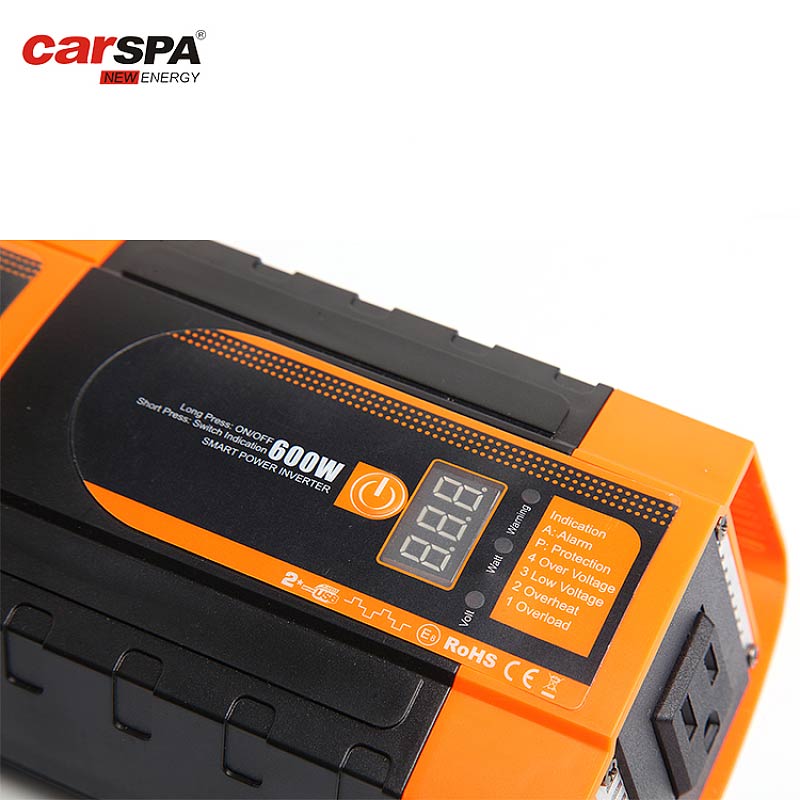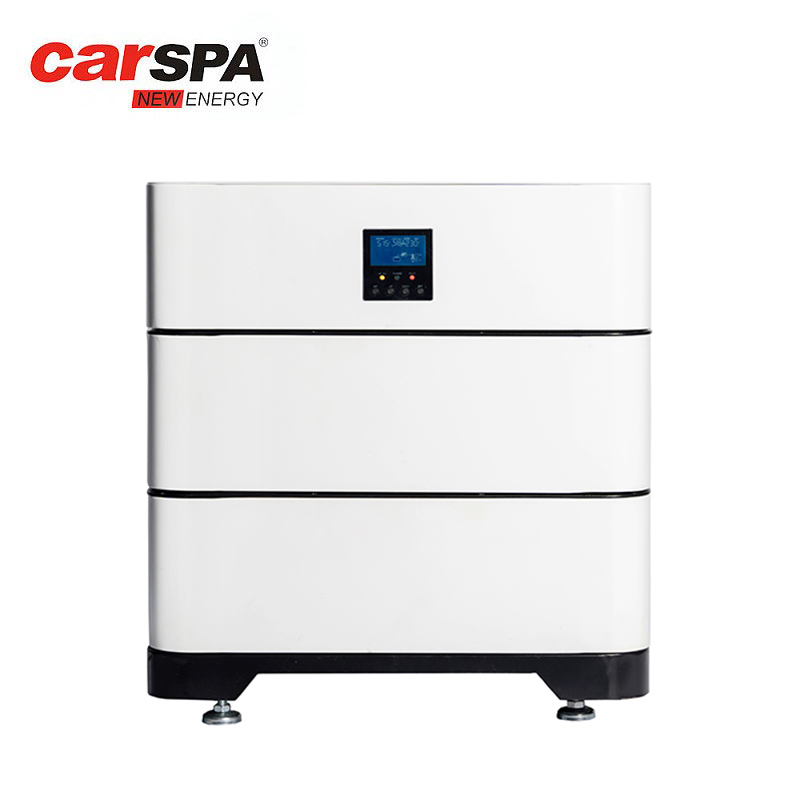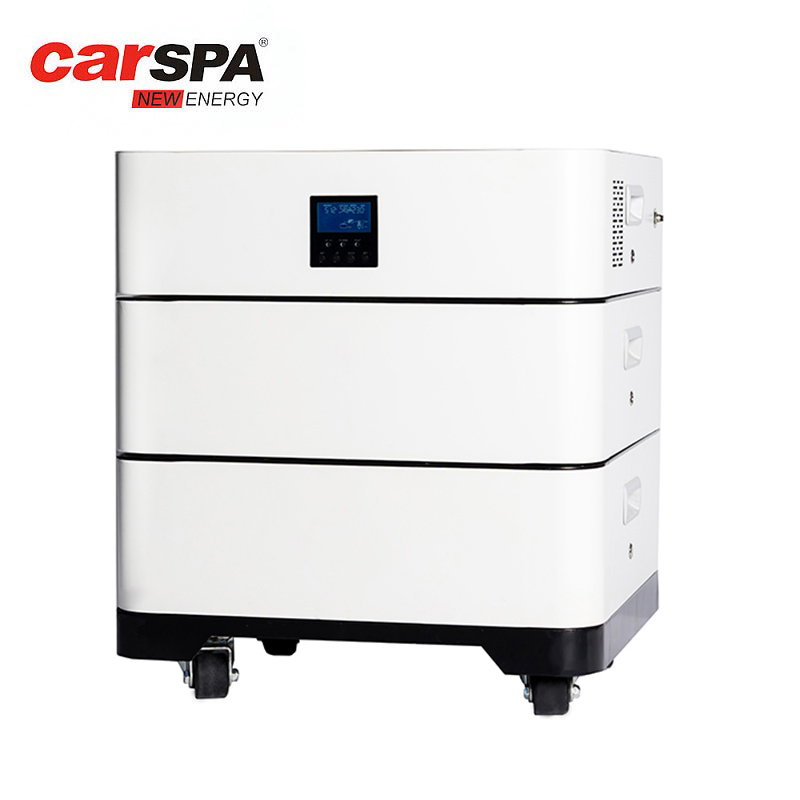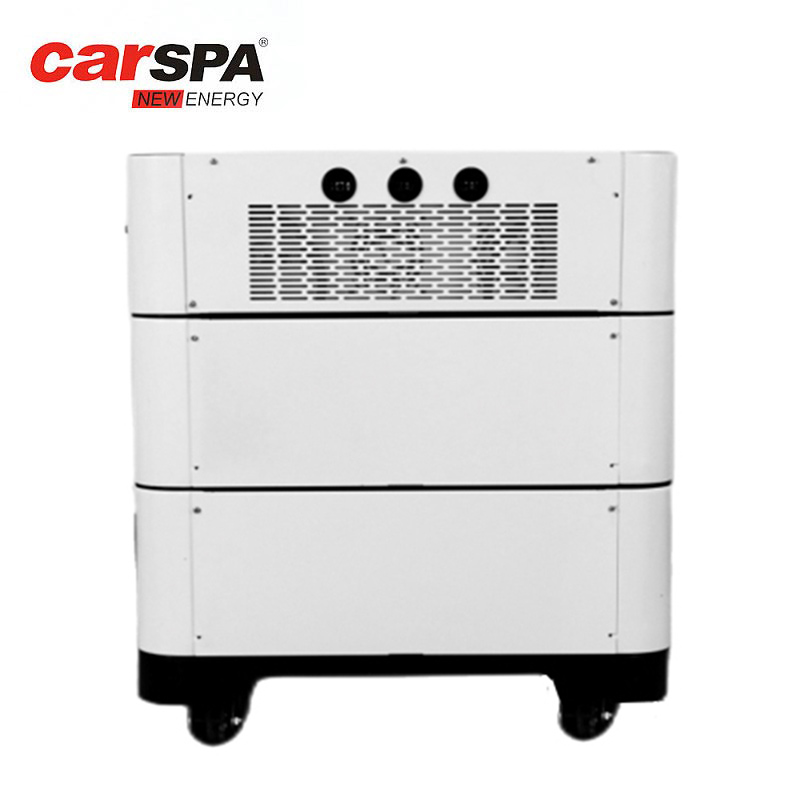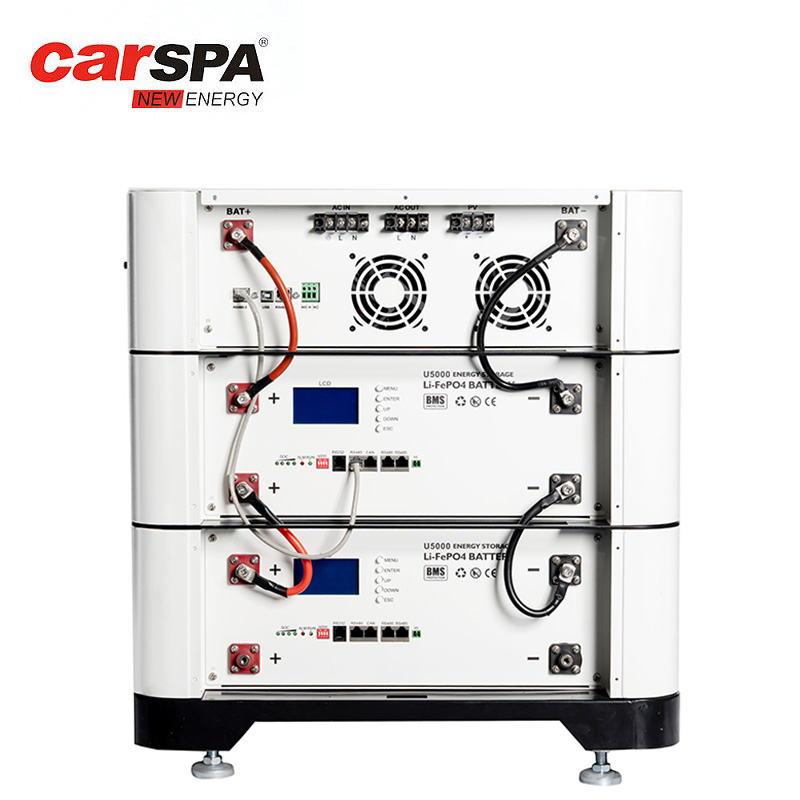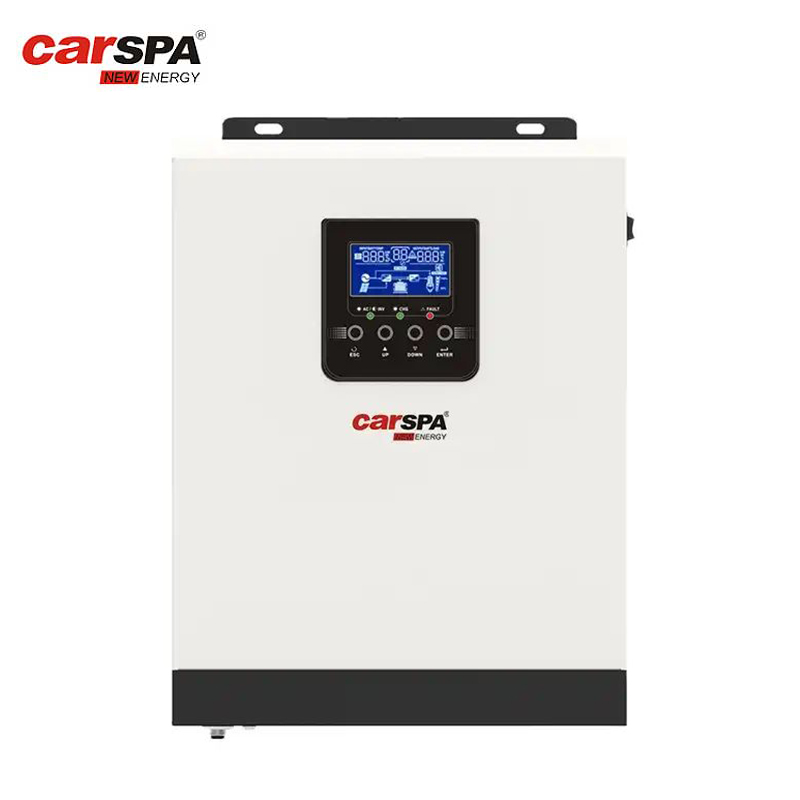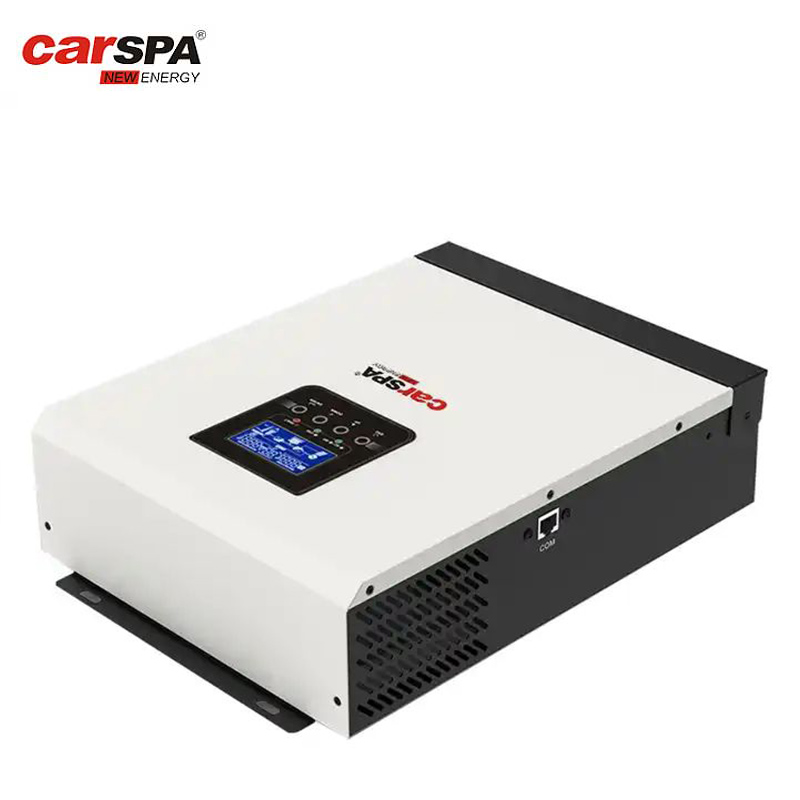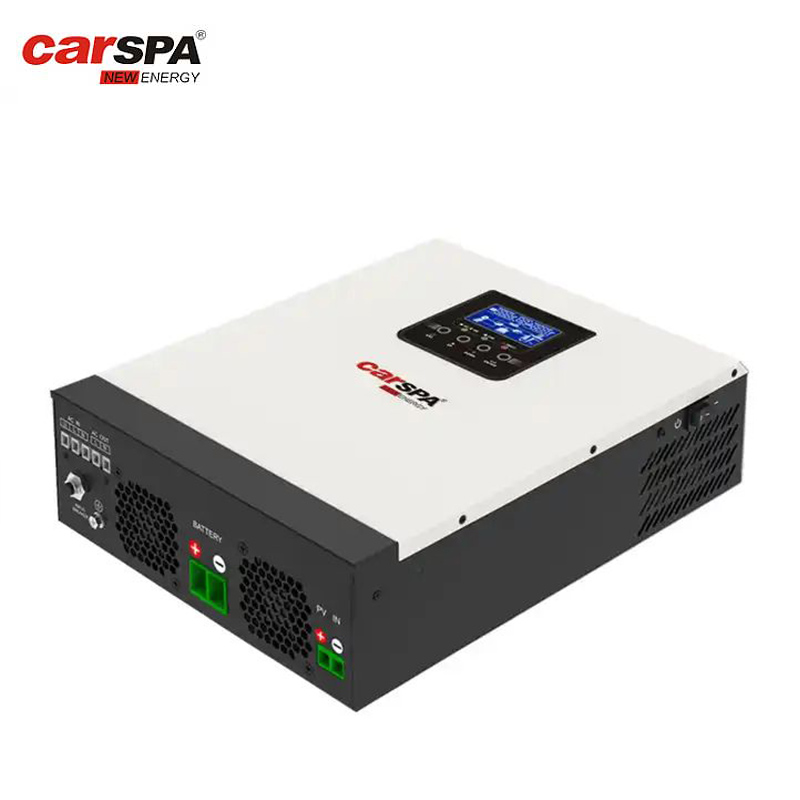Introduction to Inverters: Usage and Application
Inverters are electronic devices that convert DC (direct current) power from a battery or solar panel into AC (alternating current) power that can be used to power household appliances and other electrical devices. They are widely used in off-grid and backup power systems, as well as in RVs and boats, to provide reliable and efficient power.

How Do Inverters Work?
Inverters use electronic components to convert DC power to AC power. The process begins with the DC power being fed into the inverter, which then converts it into AC power by using a series of transistors and other electronic components. The resulting AC power is then fed into the device or appliance that needs it.
Types of Inverters
There are two main types of inverters: pure sine wave and modified sine wave. Pure sine wave inverters produce a smooth, high-quality AC waveform that is similar to the AC power supplied by the grid. They are ideal for sensitive electronics and appliances that require a high-quality power source. Modified sine wave inverters, on the other hand, produce a square wave or modified sine wave output that is not as smooth as a pure sine wave. They are less expensive than pure sine wave inverters but may not work well with some electronic devices and appliances.
Using Inverters
When using an inverter, it is important to ensure that the battery or solar panel providing the DC power is appropriately sized for the inverter's capacity. It is also important to use the correct type of inverter for the intended application. For example, a pure sine wave inverter should be used for sensitive electronics and appliances, while a modified sine wave inverter may be suitable for less sensitive devices.
Inverters and Batteries
One common question regarding inverters is whether they can damage batteries. The answer is that inverters do not necessarily damage batteries, but they can reduce their lifespan if not used correctly. Inverters can drain batteries quickly if the load is too high or if the battery is not appropriately sized for the inverter's capacity. Therefore, it is important to use an inverter that is appropriately sized for the battery and to avoid overloading the battery.
Application of Inverters
Inverters are used in a wide range of applications, including off-grid and backup power systems, RVs, boats, and even in homes and businesses as a backup power source. They are particularly useful in areas where grid power is not available or unreliable. In addition to powering electronic devices and appliances, inverters can also be used to charge batteries, which makes them an essential component of solar power systems.
Conclusion
In conclusion, inverters are versatile and essential electronic devices that convert DC power to AC power for a wide range of applications. They are easy to use and come in various sizes and types, depending on the intended application. While inverters do not necessarily damage batteries, it is important to use them correctly to avoid draining or overloading the battery. If used correctly, inverters can provide reliable and efficient power for many years.


